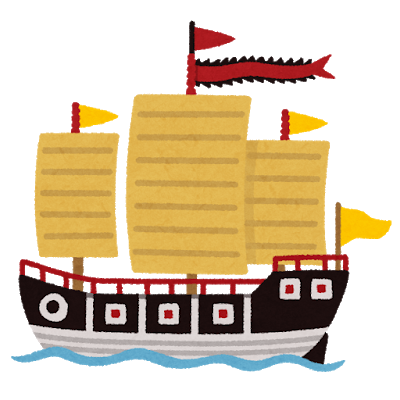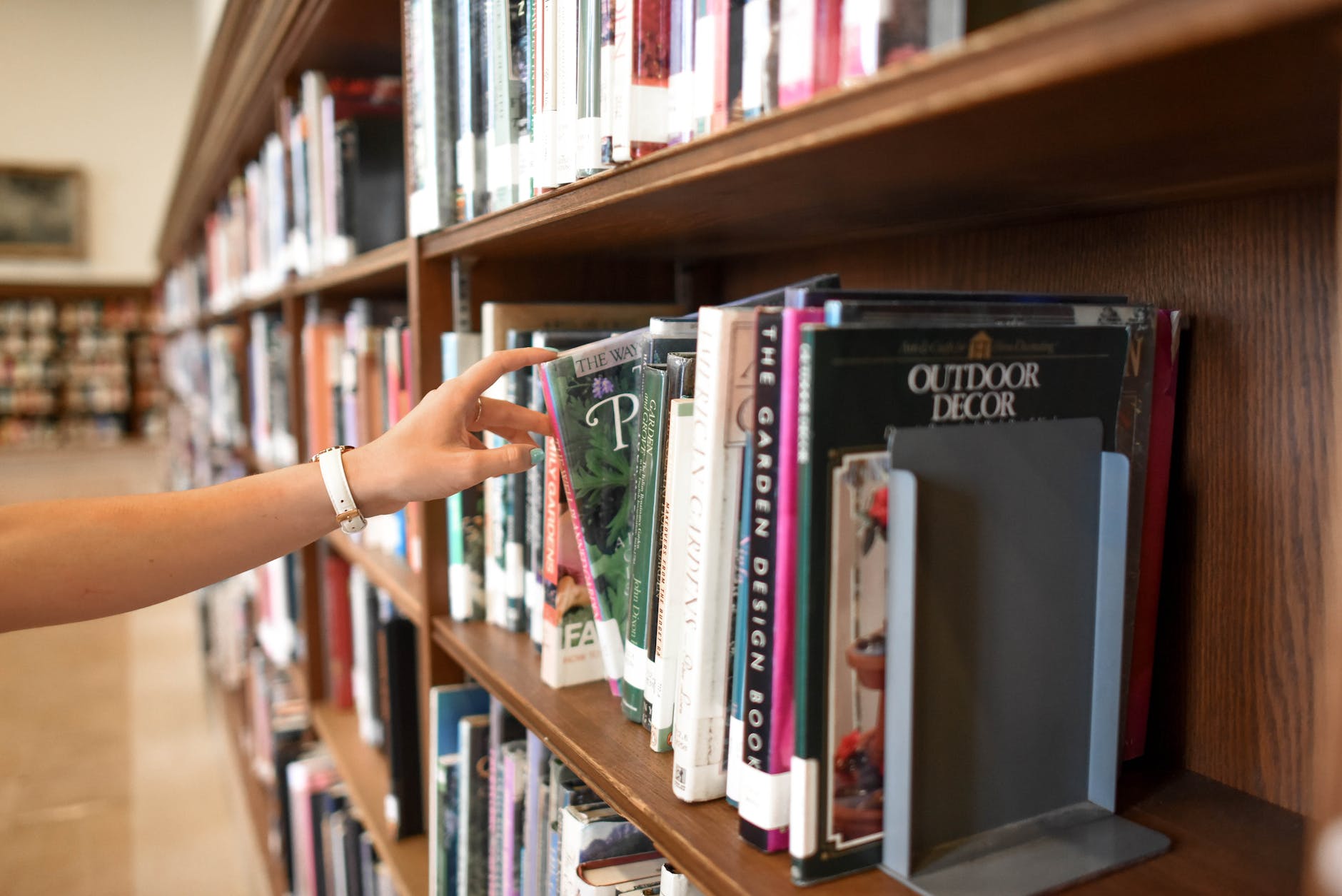During the development of the “Reference Guidelines for TBCL Application,” international language proficiency standards, such as the ACTFL Proficiency Guidelines (ACTFL 2012) from the United States and the CEFR (Council of Europe 2001) from the European Union, were consulted. These guidelines embraced mainstream perspectives, emphasizing practical language usage and a learner-centered approach. This effort led to the inclusion of fundamental concepts, curriculum objectives, learning priorities, and implementation details in the “Taiwanese Chinese Language Proficiency Standards” (TBCL), making the content, process, and goals of Chinese language learning more transparent. Moreover, it provided a consistent reference for curriculum development, textbook compilation, teaching implementation, resource selection, and assessment evaluation.
The guidelines categorize Chinese language learners’ abilities into listening, speaking, reading, writing, translation, and cultural performance, structured into three levels and seven sub-levels. Specifically, the “Foundation,” “Intermediate,” and “Advanced” levels constitute the “three levels,” while levels “1” through “7” form the “seven sub-levels.” To elaborate, the Foundation level encompasses levels 1 to 3, the Intermediate level covers levels 4 and 5, and the Advanced level includes levels 6 and 7.
Furthermore, these guidelines categorize the 5,288 words found in levels 1 to 5 into 18 themes, which can be selected by curriculum developers. These themes enable authors to integrate cultural elements into teaching and adjust the balance between language and culture according to students’ needs and goals. Finally, editors can design appropriate learning content for students of different levels based on the previously mentioned “cultural performance.” For example, concerning the travel theme, foundation-level students can learn “asking for directions,” intermediate-level students can learn “inquiring about recommended attractions,” and advanced-level students can learn “handling emergency situations.”
This guide encompasses seven main topics, twelve subtopics, and sixty-seven subjects, providing a significant reference for Chinese language education and ensuring that learning content and teaching processes are more transparent and organized. The table below is extracted from the appendix of the reference guide. Original document and Chinese version are also available.
| Theme | Subtheme | Topic Example |
|---|---|---|
| Personal | Personal information | Name, nationality, time and location of birth, age and mailing address |
| Personal education and work experience, and language | ||
| Kinship terminology | ||
| Personal habits and preferences | ||
| Personal characters and traits | ||
| Emotions and attitude | Emotions, attitude and reaction | |
| Life | Daily activities and everyday living | Daily life |
| Living environment and location | ||
| Sharing of household chores | ||
| Moving | ||
| Leisure and entertainment | Film, television and internet entertainment | |
| Sports | ||
| Attending performances | ||
| Cultural visits | ||
| Transportation and travel | Public transportation tools | |
| Private transportation tools | ||
| Travel | ||
| Travel information | ||
| Education and learning | School attendance | |
| School environment | ||
| Student life | ||
| Learning activities and experience | ||
| Stationery | ||
| Peer interaction | ||
| Shopping and stores | Shopping behavior at brick-and-mortar stores | |
| Online shopping | ||
| Food and beverage, and cooking | Food, ingredients | |
| Dining hours and locations | ||
| Dining etiquette | ||
| Food cookery and cooking | ||
| Eating habits and culture | ||
| Technology | Technology products | |
| Digital media | ||
| The Internet | ||
| Body and medical care | Parts of the body | |
| Expression of physical state | ||
| Medical activities and behaviors | ||
| Interpersonal | Social activities and interpersonal relations | Greetings |
| Daily living skills and social skills | ||
| Expression of opinions and emotions | ||
| Sharing of emotions and experience | ||
| Communications | ||
| Occupations | Workplace titles | |
| Job-seeking | ||
| Remuneration | ||
| Workplace culture | ||
| Social | Public services | Public service locations (banks, post offices, gas stations and vehicle maintenance) |
| Administrative culture | ||
| Consulate affairs, immigration and residence | ||
| Safety | Safety and public order | |
| Police and fire rescue | ||
| Crime | ||
| Conflict | ||
| Nature | Natural environment | Time and space |
| Flora, fauna, scenery and landscapes | ||
| Weather, climate and climate change | ||
| Environmental conservation | ||
| Taiwan’s geographical environment and global landscapes | ||
| The 24 solar terms | ||
| Humanities | Art, history and culture | History, heritage and localization |
| Traditional festivals, seasonal customs, ancestor worship and religious faith | ||
| Art and artistic philosophy | ||
| Literature, writing and dialects | ||
| International | International and social | Global distribution and migration of the Chinese people, and Chinese diasporas |
| International situation and major issues | ||
| Current affairs and social activities | ||
| Legal and economic activities |

